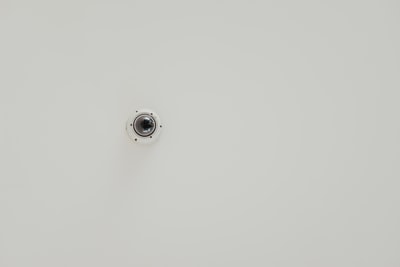Transport Systems – REMEMBER IT!
The circulatory system carries oxygen, water and food molecules around the body.
- The heart pumps oxygenated blood around the body and deoxygenated blood to the lungs: this is known as a double circulatory system.
- The heart is composed of two atria and two ventricles which are separated by one-way valves.
- Arteries carry oxygenated blood away from the heart. They have thick walls and smooth walls to carry blood at high pressure.
- Veins carry deoxygenated blood to the heart. They have thinner walls and valves to prevent the blood flowing the wrong way.
- Capillaries allow food and oxygen to reach the cells.
- Stents expand blocked arteries.
- The blood is important for a number of important functions.
- Plasma transports the components of blood and other substances.
- Red blood cells are pack with haemoglobin and transport oxygen and carbon dioxide.
- White blood cells work as part of the immune system.
- Platelets are important for blood clotting.
- Xylem vessels are dead hollow tubes which transport water into plants.
- The transpiration stream is how water moves from the roots to the shoots and leaves.
- Phloem cells are living and transport substances around plants.
——————————————————
TEST IT!
1. Give three reasons why red blood cells are adapted to their function.
i. ________________________________________________
ii. ________________________________________________
iii. ________________________________________________
2. Two patients were given artificial hearts.
Patient A lived for 130 days then died of a stroke.
Patient B lived for 140 days then died due to part of the device wearing out.
Give two advantages and two disadvantages of implanting an artificial heart.
3. The blood is important for carrying oxygen to the cells.
a) How is oxygen transported from the lungs to the other tissues in the body?
b) To reach the tissues the oxygen moves through capillaries. Provide one way in which the capillaries are adapted to carrying out this function.
ANSWERS
1. Any of the following answers:
- They contain haemoglobin
- They have no organelles so that they can fit in more haemoglobin
- They have a large surface to volume ratio
- They are small and flexible
2. Advantages are that there’s no need for immunosuppressive drugs and can allow people to live for a longer than they would have done without one. Disadvantages are that parts can wear out and there is a risk of a stroke.
3.
a) By haemoglobin in the red blood cells.
b) They have very thin walls.
 The circulatory system carries oxygen, water and food molecules around the body.
The circulatory system carries oxygen, water and food molecules around the body.